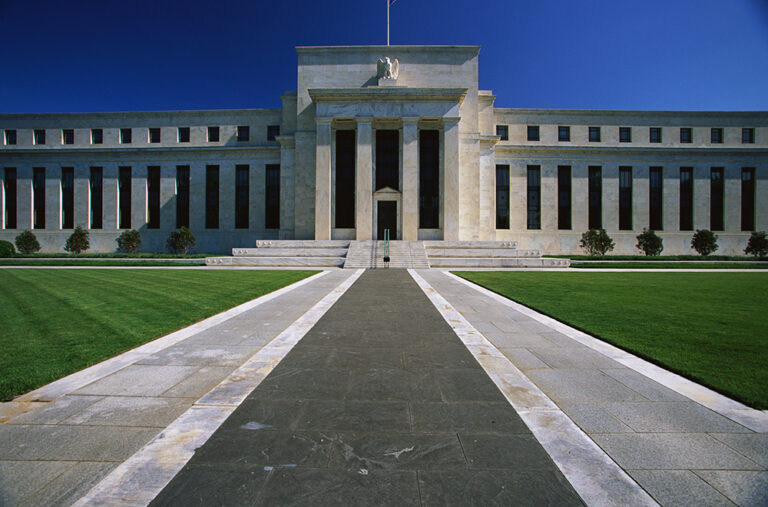As fiscal year 2016 drew to a close, Congress narrowly averted a government shutdown by passing a continuing resolution that will keep the government funded through December 9. Lawmakers have become increasingly dependent on such stopgap measures as Congress has not met the deadline for passing all 12 appropriation bills since 1996. In addition to the new deadline of December 9 to fund the government, Congress will face additional budgetary challenges in coming months, including the reinstatement of the debt ceiling this spring, triggering another potential showdown on the debt limit.
At the first presidential debate on September 26, both candidates acknowledged the growing national debt, but voters want to hear more. New polling indicates that 91% of voters want to hear the candidates’ plans for addressing the national debt during the debates. Likewise, an informal survey in the run-up to the debate found that Wall Street Journal readers most wanted to hear about the national debt, and respondents to a Pew Research Center survey picked the nation’s budget deficit as a topic that should get more time in the debates.
The vice presidential candidates will debate tomorrow, and the presidential candidates will meet twice more before the election (on October 9 and October 19). You can let all of the candidates know that you’d like them to address the national debt by emailing or tweeting at them.
The September Fiscal Confidence Index was 51.
Photo by Getty Images
Further Reading
What Are Interest Costs on the National Debt?
Interest costs are on track to become the largest category of spending in the federal budget.
Healthcare Costs Are a Major Driver of the National Debt and Here’s the Biggest Reason Why
Improving the U.S. healthcare system will be crucial to providing quality, affordable healthcare and to bettering our nation’s long-term economic and fiscal well-being.
House Reconciliation Bill Would Add Trillions to the National Debt
The bill would increase debt by $3.0 trillion over the next 10 years, driving it from nearly 100 percent of GDP now to 124 percent of GDP by 2034.


